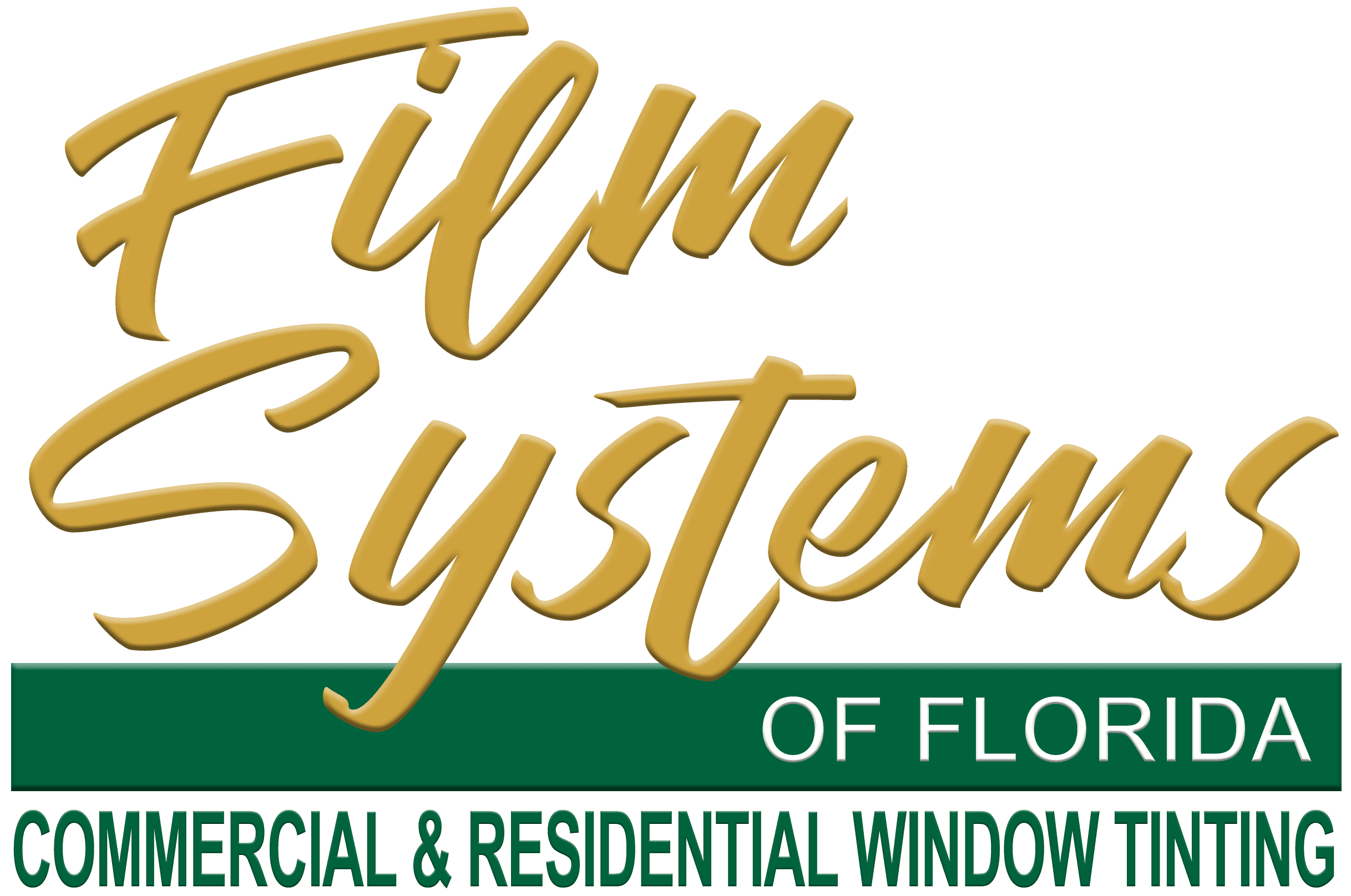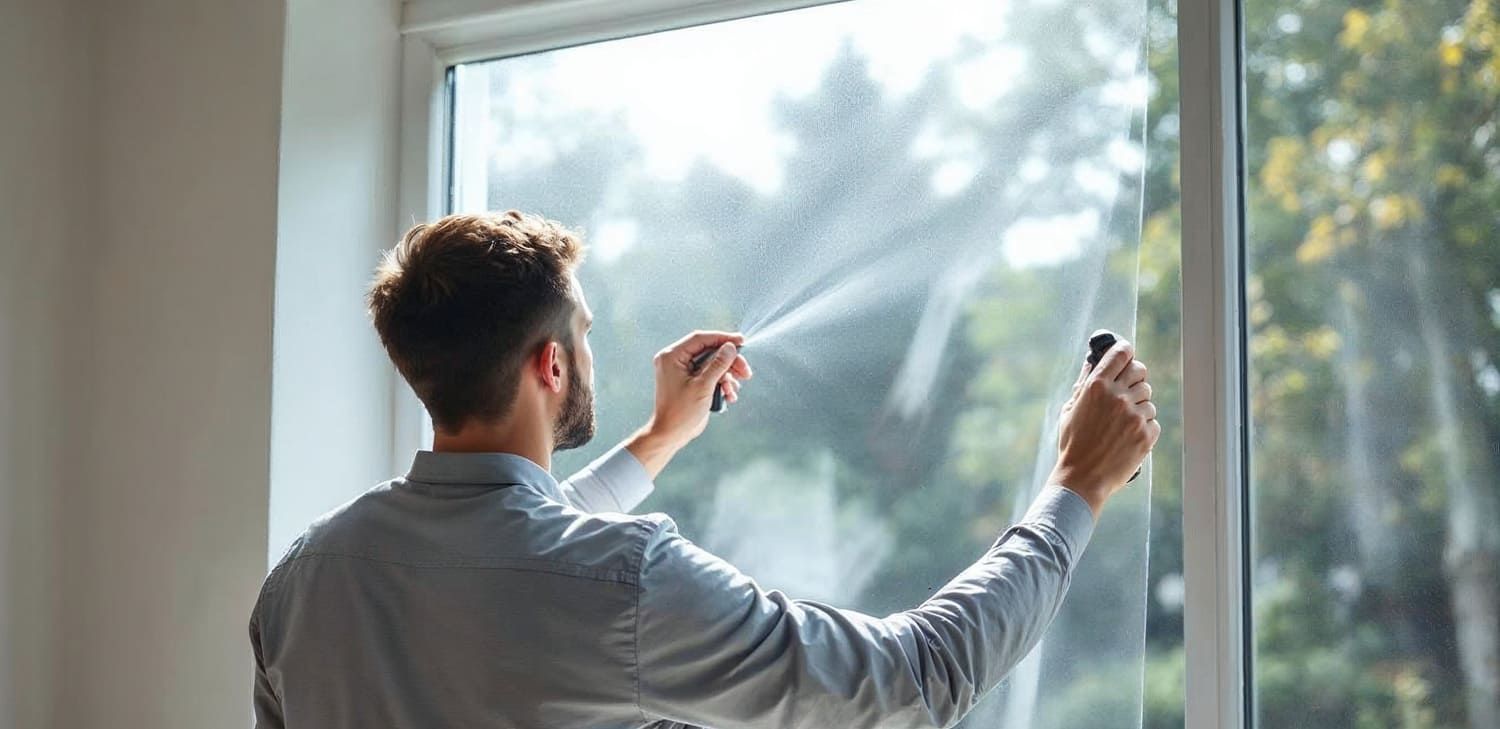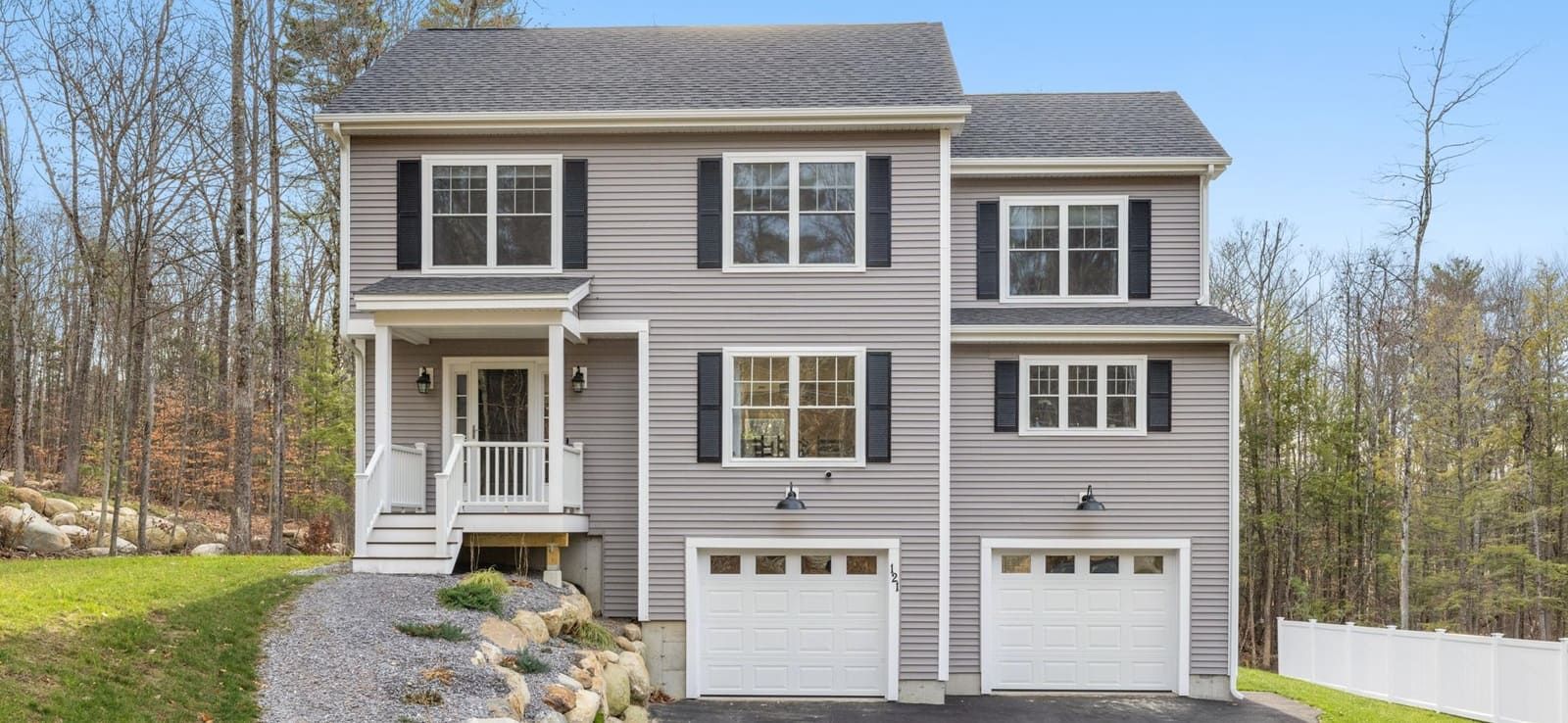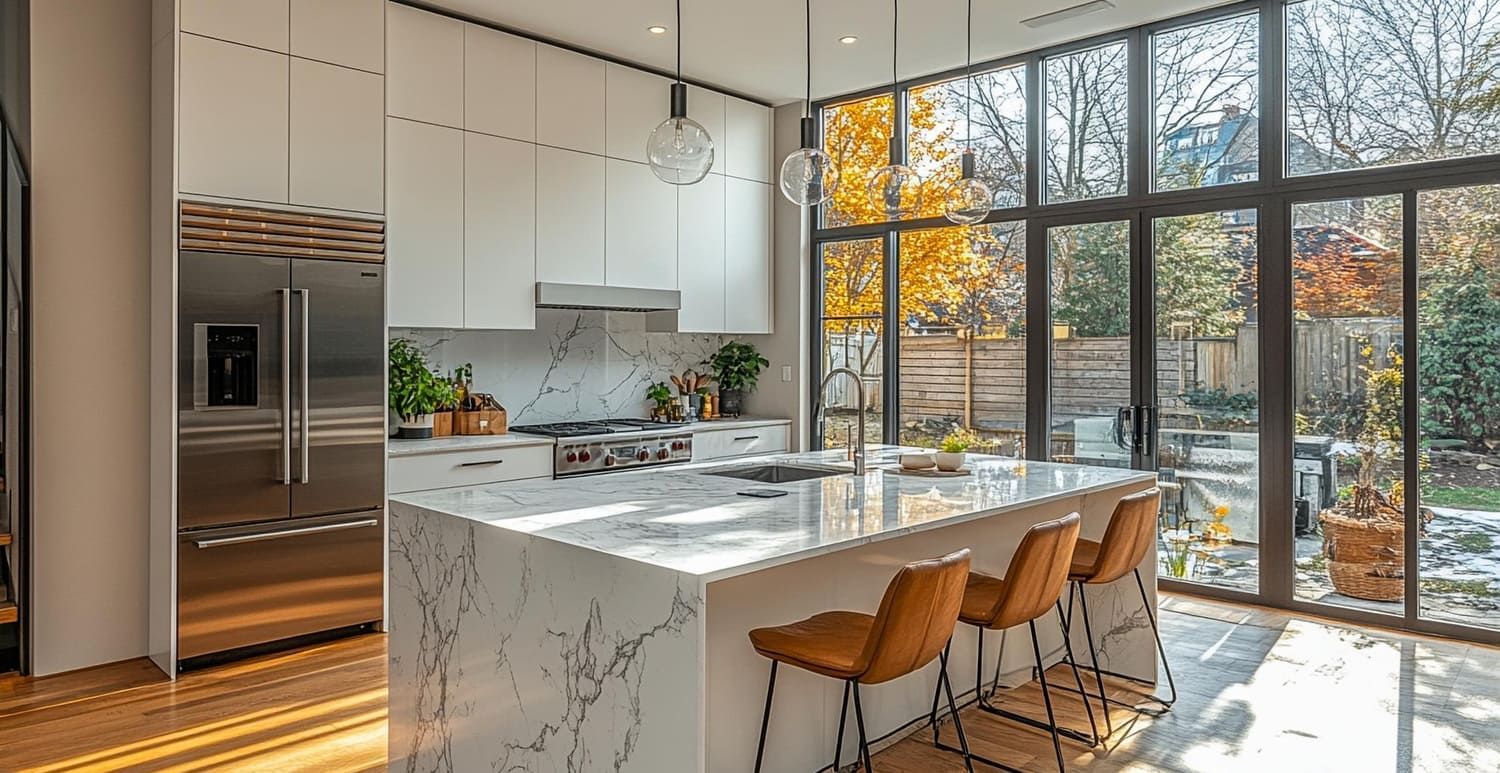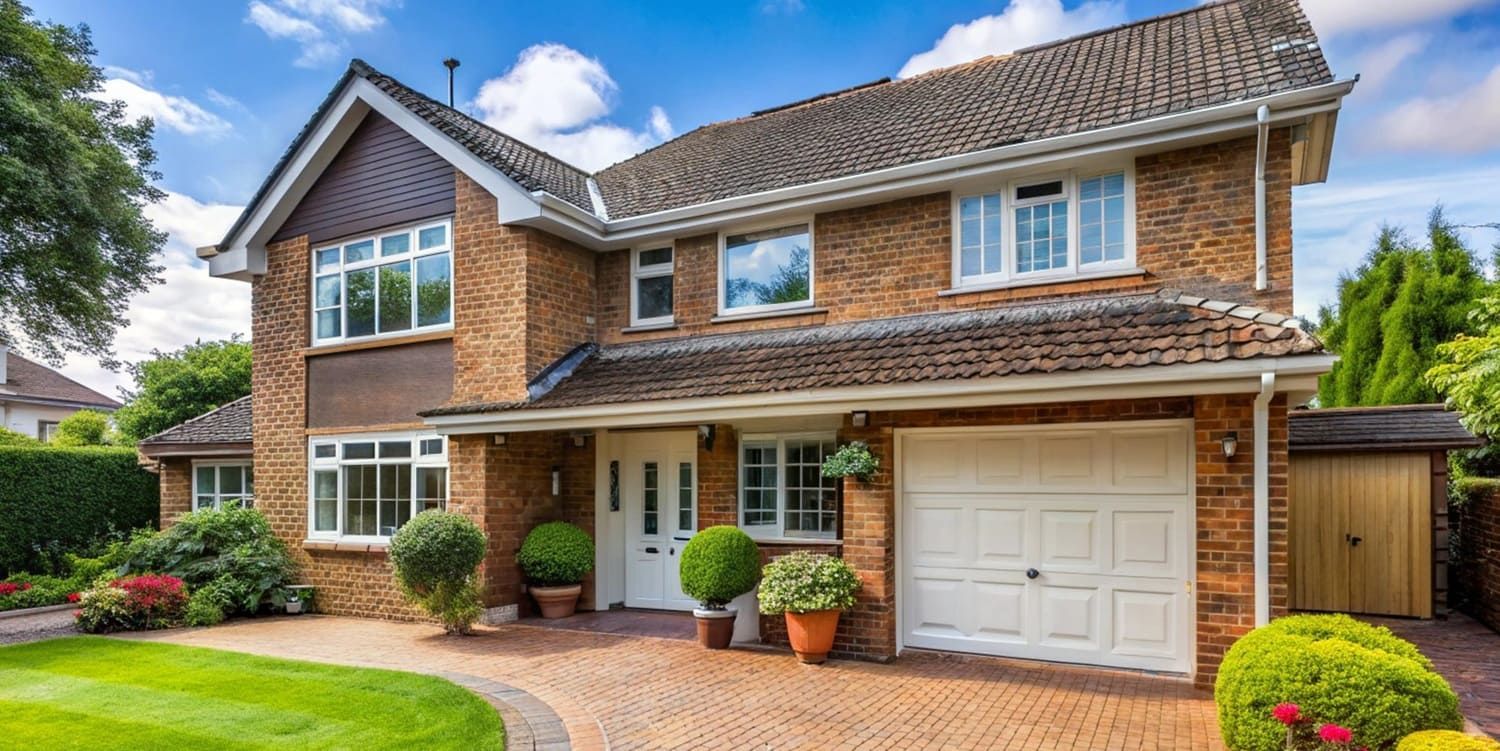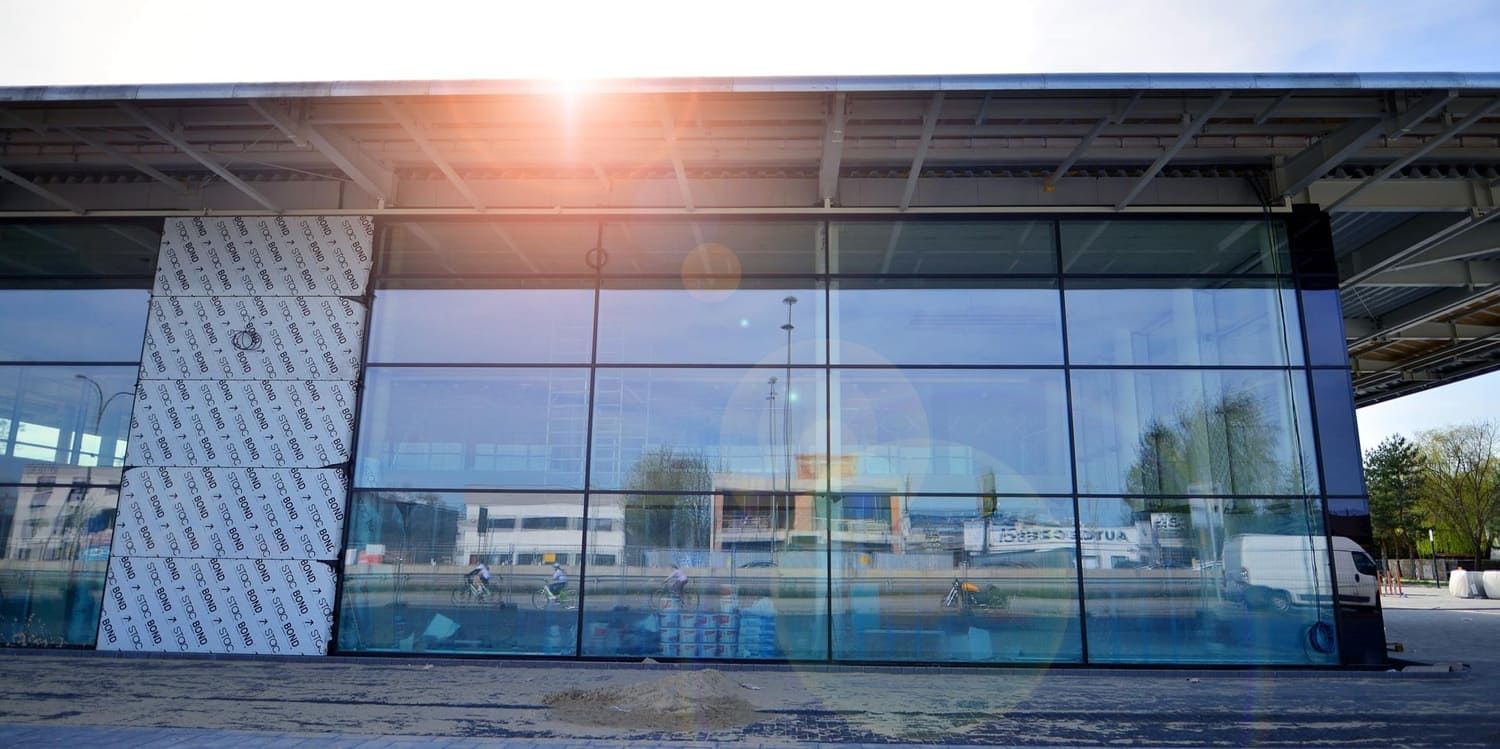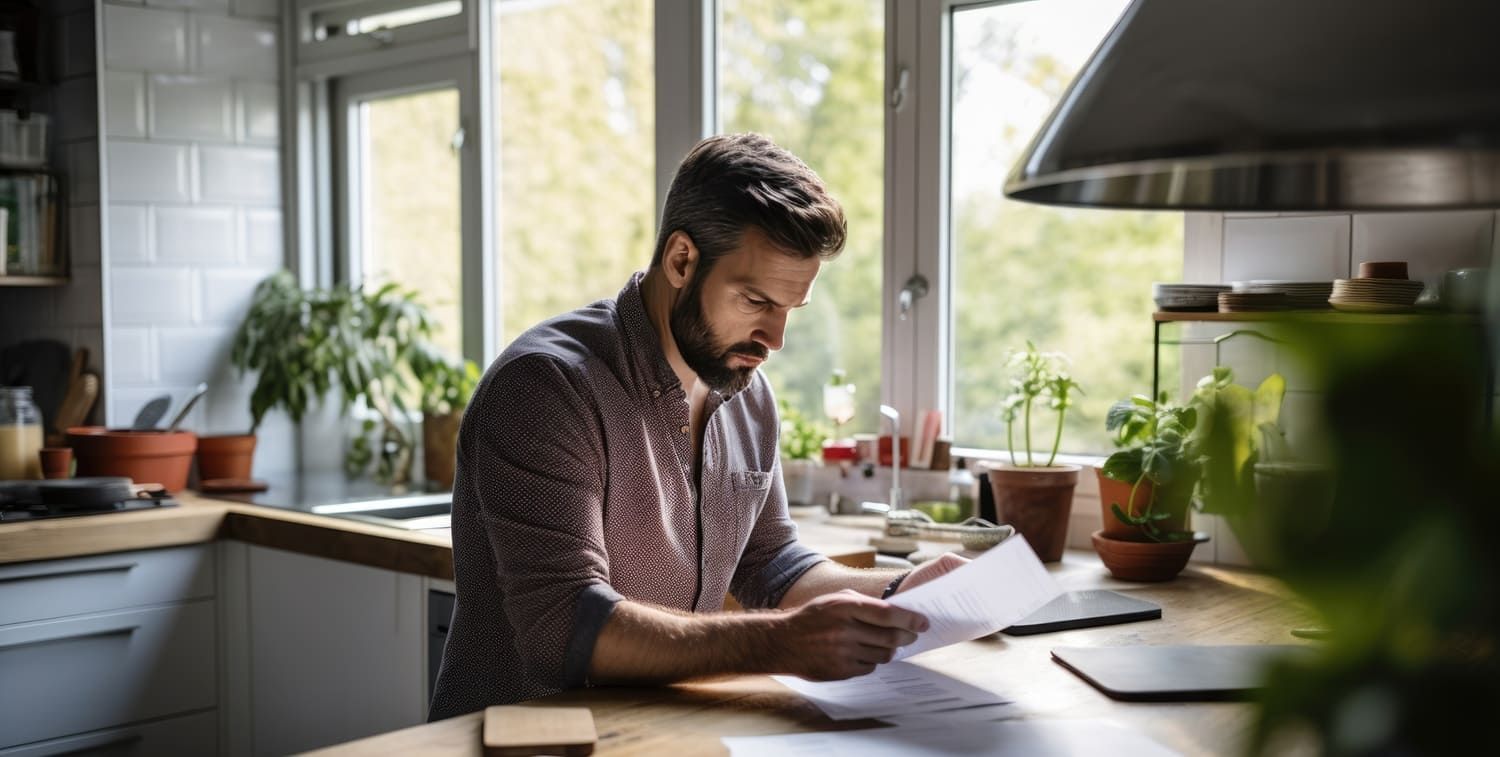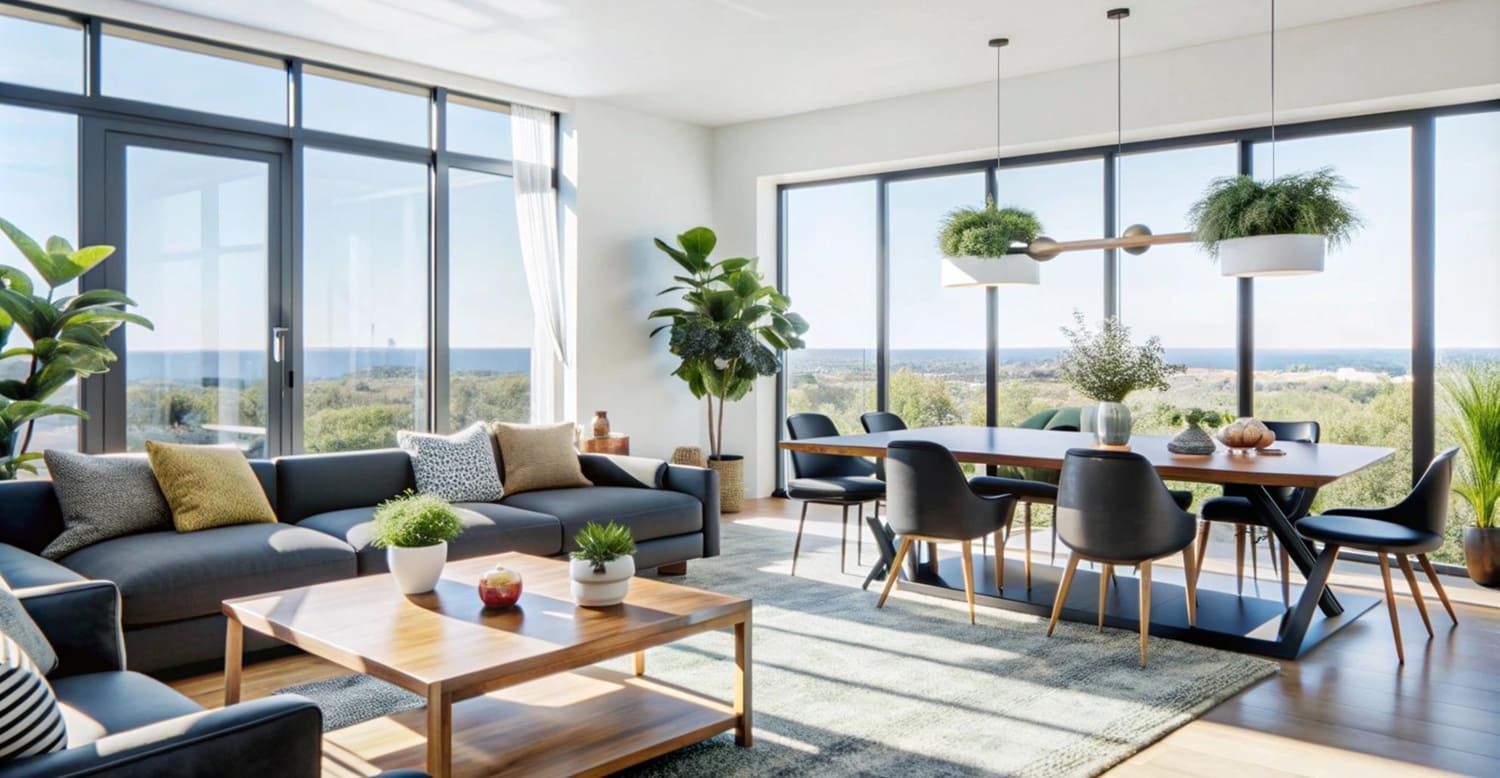THE BEST IN RESIDENTIAL AND COMMERCIAL WINDOW TINTING
Can Commercial Tinting Reduce HVAC Use?
As energy costs rise and businesses seek more sustainable solutions, the interest in commercial tinting is growing. This practice not only enhances the aesthetic appeal of buildings but also offers a host of practical benefits. One of the most significant advantages is the potential reduction in HVAC use. But how exactly does this work? Let's dive in to understand how commercial tinting can be a game-changer for your energy bills.
Commercial tinting has gained traction as companies become more eco-conscious and budget-aware. It's not just about the look; it's about creating an environment that aligns with modern energy efficiency standards. As organizations strive to reduce their carbon footprint, window tinting emerges as a viable option that supports sustainability without compromising on comfort or functionality.
Before we delve into the benefits, it's essential to grasp what commercial window tinting involves. In simple terms, window tinting is the application of a thin film to the windows of a building. This film can significantly alter the characteristics of a window in terms of light transmission, heat absorption, and reflection.
Understanding the science behind window films reveals their capability to transform ordinary glass into high-performance windows. These films are crafted from durable polyester laminates, with a variety of coatings to achieve different effects. The technology behind window tinting has evolved, allowing for films that not only block heat but also withstand the test of time and environmental elements.
There are various options available when it comes to commercial window tinting, each designed to meet specific needs. Llumar commercial window film options, for instance, offer a range of films that cater to different preferences, from enhancing privacy to improving energy efficiency.
Some films are specially designed to enhance security, offering an extra layer of protection against break-ins or natural disasters. Others are tailored for aesthetic appeal, available in different shades and colors to complement the building's design. The diverse range of window films ensures that there's a suitable option for every business, regardless of industry or location.
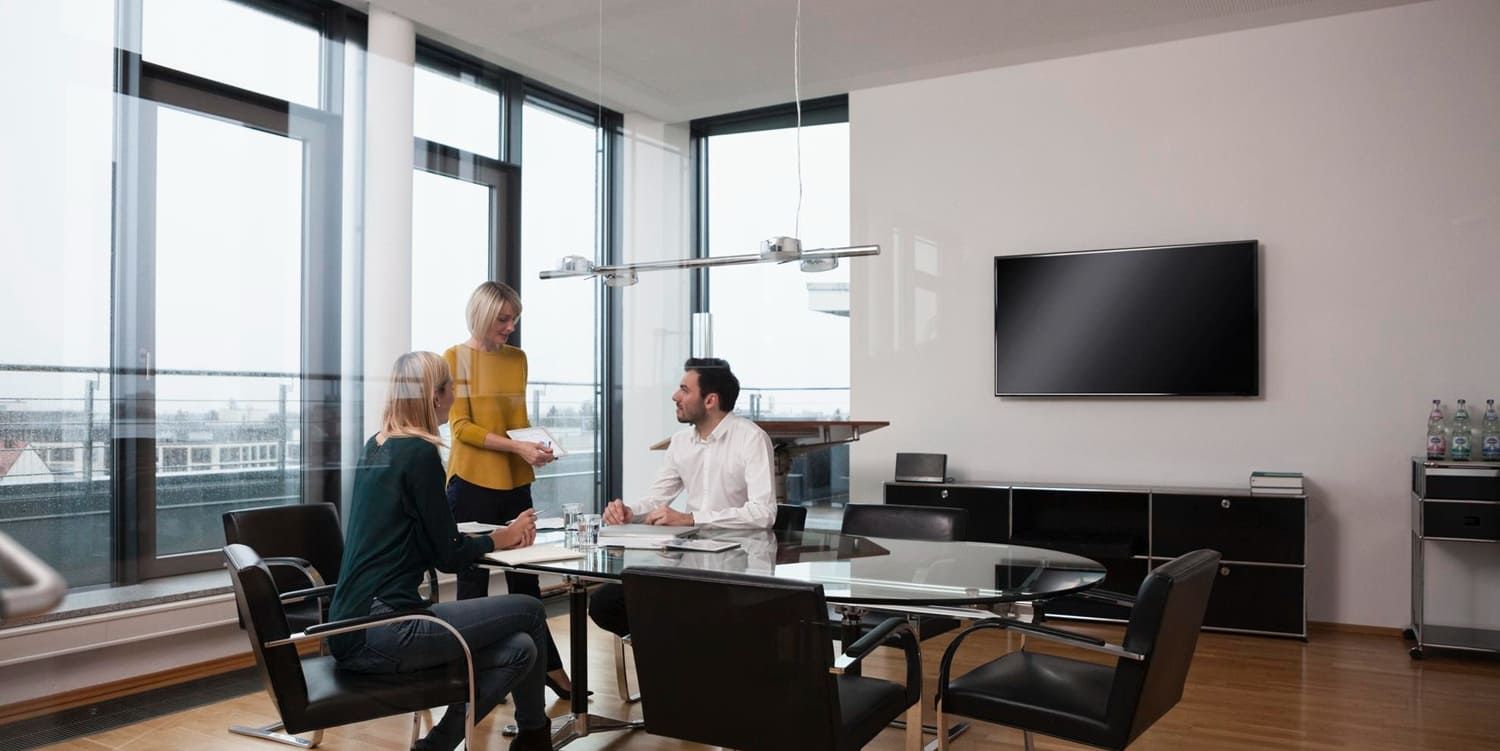
How Does It Work?
The primary function of window tinting is to reduce the amount of solar heat that penetrates through the glass. This is achieved by reflecting or absorbing a portion of the sunlight. As a result, the interior of a building remains cooler, reducing the need for air conditioning.
This heat reduction is vital during peak sun hours, when buildings are most susceptible to heat gain. Advanced window films can also help in insulating the building during colder months, maintaining warmth and contributing to year-round energy efficiency. By controlling the building's internal temperature, window tinting enables more predictable and manageable HVAC usage.
Commercial Tinting and HVAC Use
The relationship between commercial tinting and HVAC use lies in the film's ability to control the indoor climate. By minimizing the heat entering a building, window tinting can significantly lower the demand on air conditioning systems.
Reducing the workload on HVAC systems not only cuts energy usage but also extends the lifespan of the equipment. Overworked HVAC units tend to wear out faster, leading to costly repairs and replacements. By incorporating window tinting, businesses can enjoy more efficient HVAC operations, translating to lower maintenance costs and longer-lasting equipment.
Energy Efficiency and Cost Savings
By reducing the strain on HVAC systems, commercial window tinting can lead to considerable energy savings. Businesses can see a reduction in their energy bills, often within a short period after installation. This is particularly beneficial during the hot summer months when HVAC systems typically work overtime.
Beyond immediate savings, window tinting represents a long-term investment in energy efficiency. As energy prices fluctuate, having a stable and reduced energy demand provides financial predictability. This predictability can be crucial for budgeting and financial planning, allowing businesses to allocate resources to other critical areas.
Enhanced Comfort
Window tinting not only aids in energy savings but also enhances comfort within the building. By maintaining a more stable indoor temperature, occupants experience fewer hot spots and can enjoy a more consistent and comfortable environment.
Comfortable employees are often more productive, as they can focus on their tasks without the distraction of temperature discomfort. A stable indoor climate also contributes to a healthier environment, potentially reducing issues related to air quality and moisture control. This improved comfort is a silent but effective driver of workplace satisfaction and efficiency.
Additional Benefits of Commercial Tinting
While reducing HVAC use is a significant advantage, commercial tinting offers several other benefits that make it an attractive investment.
The multifaceted benefits of window tinting extend beyond energy savings, addressing various aspects of building management and occupant satisfaction. These additional advantages enhance the overall value of window tinting, making it a holistic solution for modern businesses.
Privacy and Security
Privacy window tints are specially designed to prevent prying eyes from looking into your space. This is particularly useful for businesses that handle sensitive information or simply wish to maintain a level of confidentiality.
In addition to privacy, certain window films can enhance security by making windows more resistant to shattering. This added security measure can protect against break-ins or vandalism, providing peace of mind for business owners. The dual benefits of privacy and security make window tinting a strategic choice for safeguarding assets and information.
UV Protection
Harmful ultraviolet (UV) rays can cause significant damage to interiors, fading furniture, flooring, and other surfaces. Window films can block up to 99% of UV rays, protecting your investments and extending the life of interior furnishings.
UV protection is not only about preserving furniture; it's also about safeguarding the health of building occupants. Prolonged exposure to UV rays can have harmful effects on skin and eyes. By blocking these rays, window tinting contributes to a healthier work environment, emphasizing the well-being of employees and clients alike.
Glare Reduction
Glare from the sun can be a major distraction, especially in environments where computer work is prevalent. Tinting can reduce glare, enhancing productivity and comfort for employees.
Glare reduction is particularly important in office settings, where screen visibility is crucial. By minimizing glare, window tinting can help reduce eye strain and fatigue, contributing to a more comfortable and productive workspace. This improvement in working conditions can lead to higher employee satisfaction and reduced turnover.
Selecting the Right Commercial Tint
Choosing the right tint involves considering several factors, including the building's location, the desired level of privacy, and aesthetic preferences. Consulting with a professional installer can help you make the best choice for your specific needs.
The selection process should also consider the building's architectural style and the specific challenges it faces, such as high sun exposure or security concerns. A professional assessment can provide insights into the most effective tint solutions, ensuring that the chosen film aligns with both practical requirements and aesthetic goals.
Professional Installation
While DIY kits are available, professional installation ensures that the tint is applied correctly and lasts for years. Professionals can offer valuable advice on the best film options and ensure a seamless installation process.
Professional installers have the expertise and tools necessary to achieve a flawless application, avoiding common pitfalls such as bubbling or peeling. Their experience also allows them to tailor the installation to the unique contours of your building's windows, ensuring a perfect fit. Investing in professional installation is a commitment to quality and longevity, maximizing the benefits of your window tinting investment.
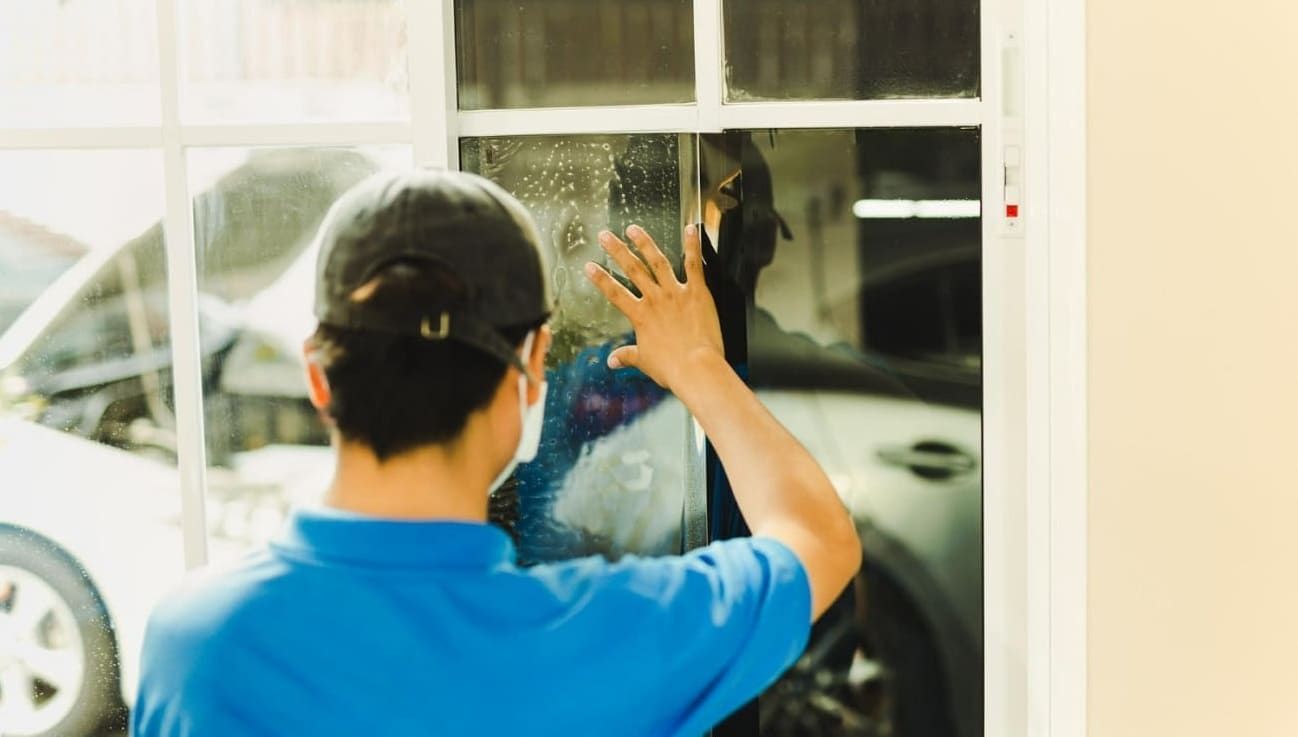
Conclusion
At Film Systems of Florida, we’re proud to be recognized as the best window film installers near you, serving businesses across Englewood, Sarasota, North Port, Siesta Key, Venice, South Venice, North Sarasota, South Sarasota, Sarasota Springs, Punta Gorda, Port Charlotte, Charlotte Harbor, Charlotte Park, Manasota Key, Harbour Heights, Grove City, Fort Myers, Cape Coral, Lehigh Acres, Bradenton, Palmetto, and the surrounding Florida areas.
Commercial window tinting is a practical solution that offers numerous benefits beyond just reducing HVAC use. From energy savings and enhanced comfort to increased privacy and UV protection, the advantages are considerable. As businesses continue to seek ways to cut costs and improve sustainability, window tinting stands out as a simple yet effective measure.
By incorporating high-quality tinting into your building’s design, you can create a more energy-efficient, comfortable, and secure environment. The strategic implementation of window tinting not only improves day-to-day operations but also reinforces your commitment to efficiency and environmental responsibility.
Contact Film Systems of Florida today for your free estimate and discover how commercial window tinting can transform your workspace.
FAQs About Commercial Tinting and HVAC Efficiency
Can commercial window tinting reduce HVAC costs?
Yes. Tinting lowers heat gain, so your HVAC runs less and uses less energy.
How does window tinting improve HVAC efficiency?
It blocks solar heat and UV rays, keeping indoor temperatures more stable.
Will tinting make my office more comfortable?
Yes. It reduces hot spots and glare, creating a more balanced indoor climate.
Does window tinting help HVAC systems last longer?
Yes. With less strain from cooling demands, HVAC equipment experiences less wear.
Is commercial tinting a cost-effective way to save energy?
Yes. Energy savings and reduced maintenance often cover the cost of installation.
